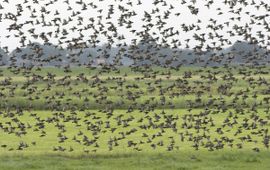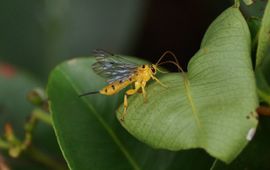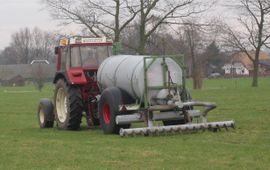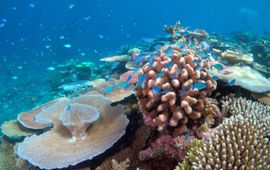Nature reports
Publisher: Wageningen University & Research
Page 8 of 8 - 76 Results

Many fish species swim in schools and birds fly in flocks. Such collective behaviour must arise from the interactions between the animals. How it works was largely unclear. Wageningen-researchers now provide insight into the..

Parasitic wasps can move their ovipositor, a tube-like organ for laying eggs, in any direction by changing the shape of the end of the tube. Therefore, they can steer the ovipositor with muscles in their abdomen. This technique..

Nitrogen deposition is the most influential global driver of anthropogenic biodiversity decline besides habitat destruction and the emission of greenhouse gases. Recent insights on its threats to biodiversity and ways to recovery..

From 31 May to 7 June, Wageningen Economic Research investigated the litter that had washed up on remote beaches in the Arctic. The most commonly found items were pieces of plastic, fishing nets and rope...

The future of the world’s coral reefs hangs in the balance, but it is not too late to save them, according to a major study published in the prestigious journal, Nature...

If only trees could talk… Well they can now. A thirty-something-year-old poplar tree on the campus of Wageningen University & Research is currently tweeting about how it deals with hot, dry days without enough water, and the..
